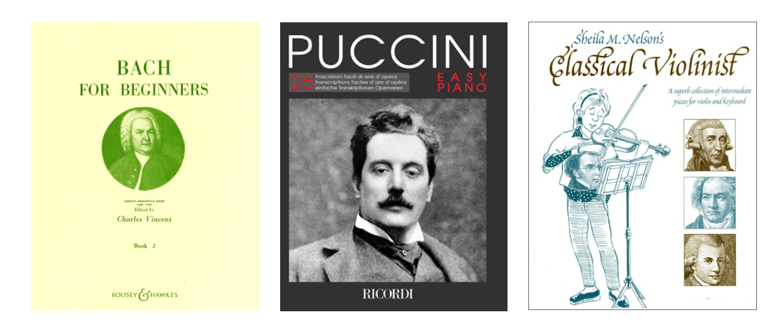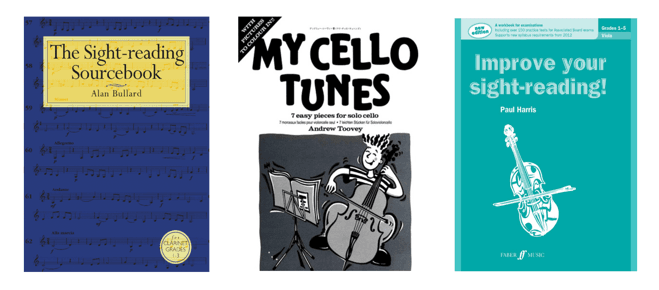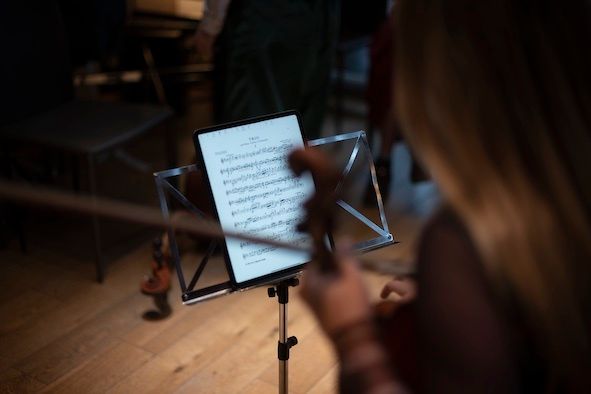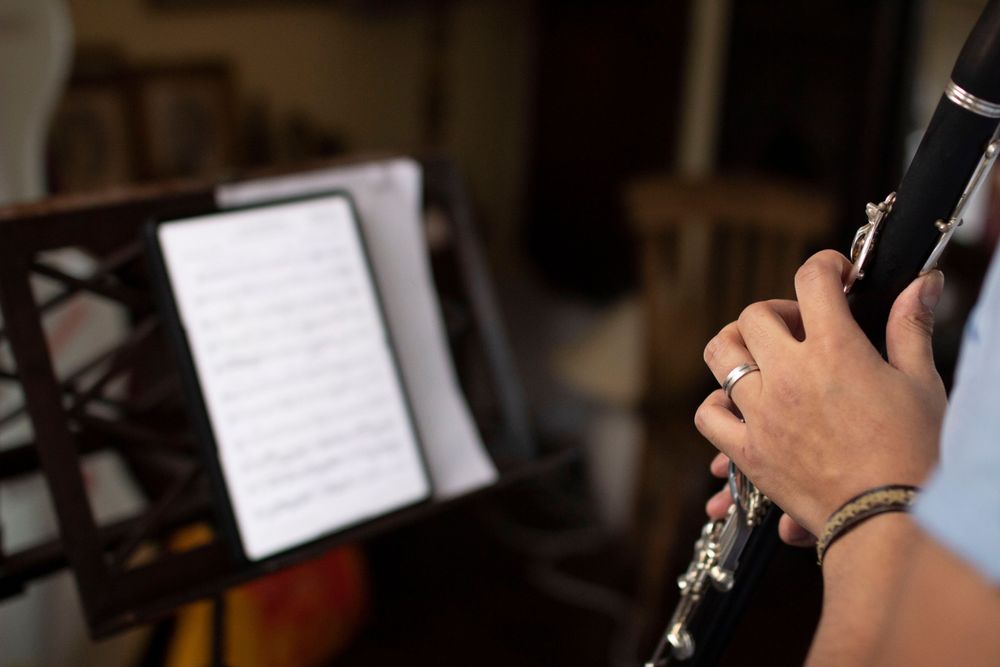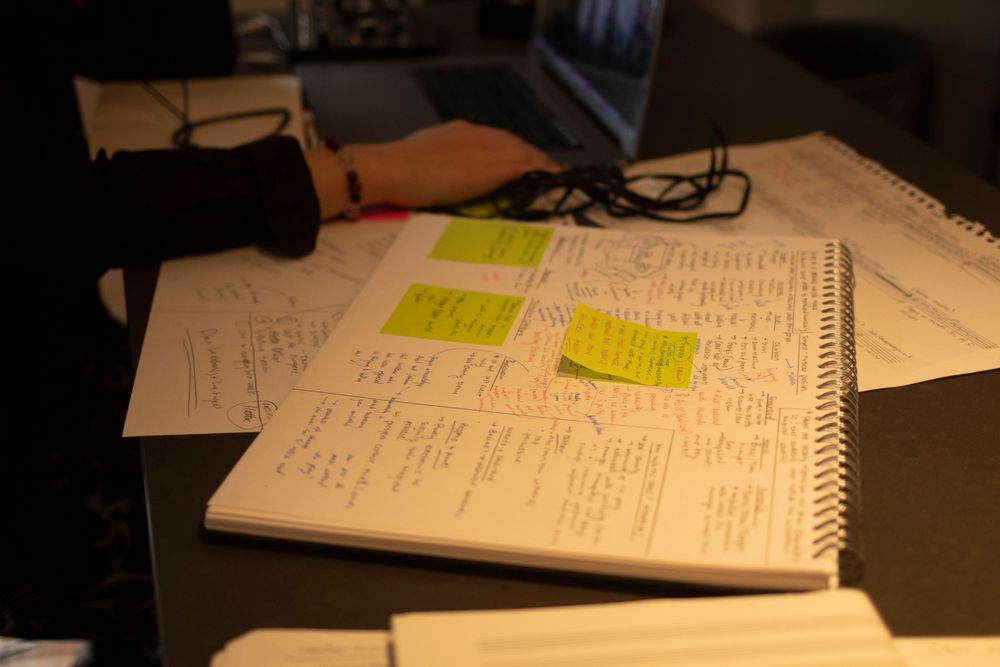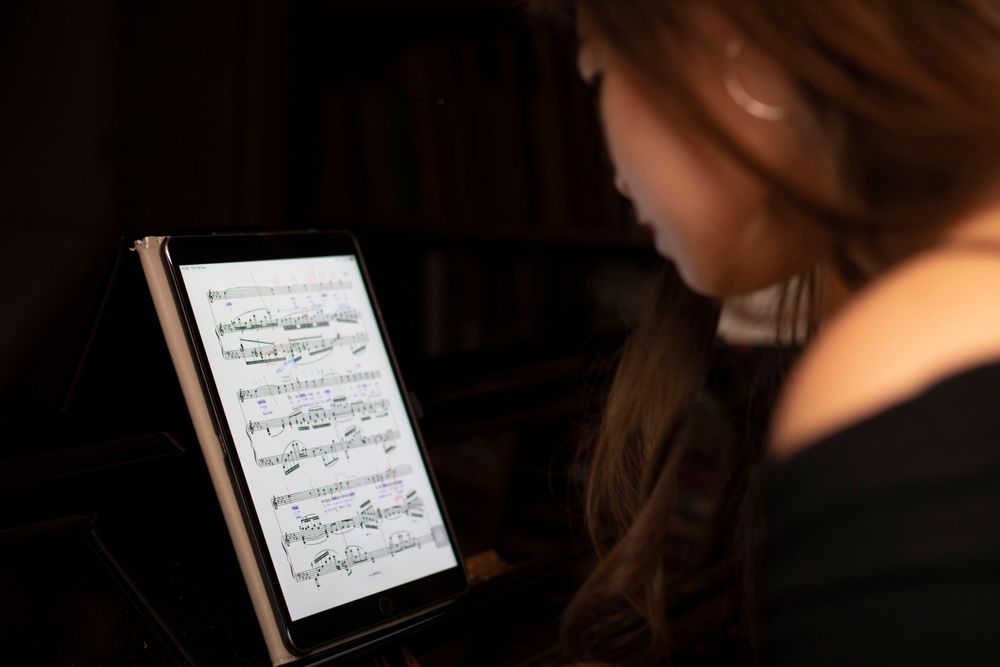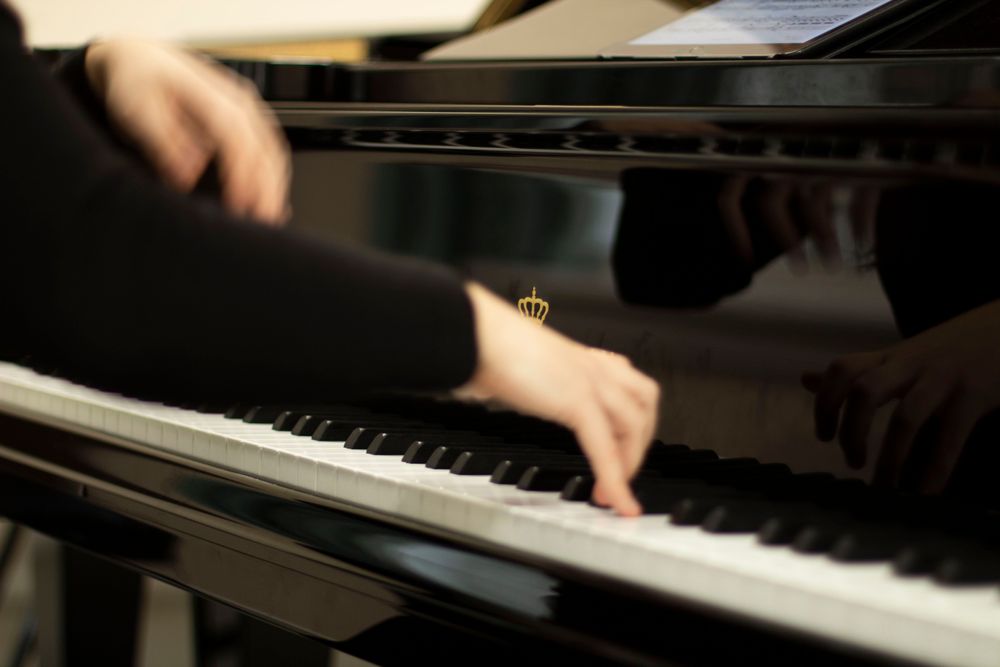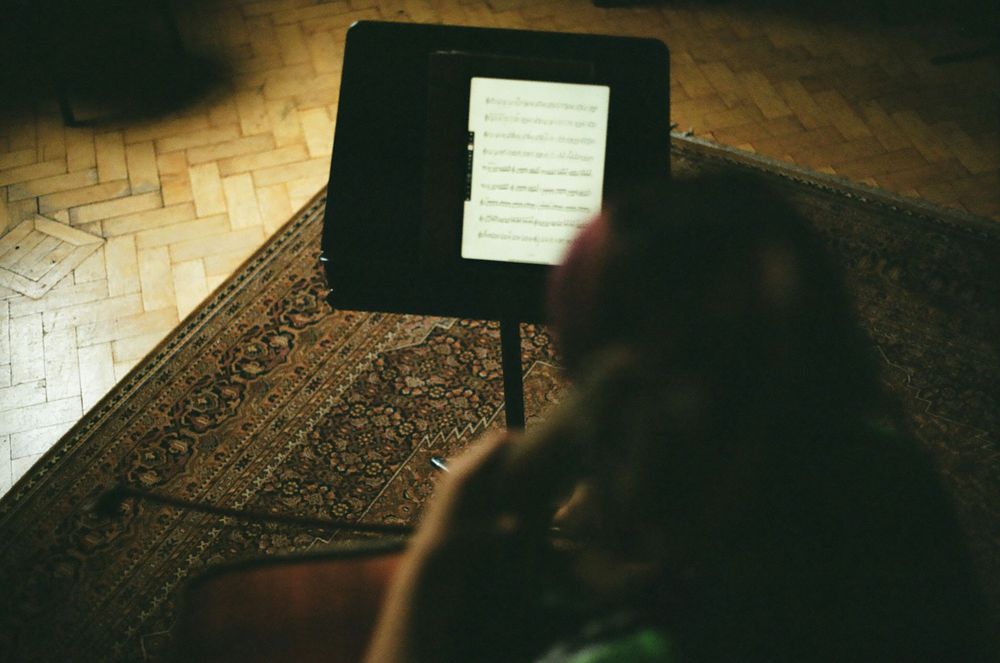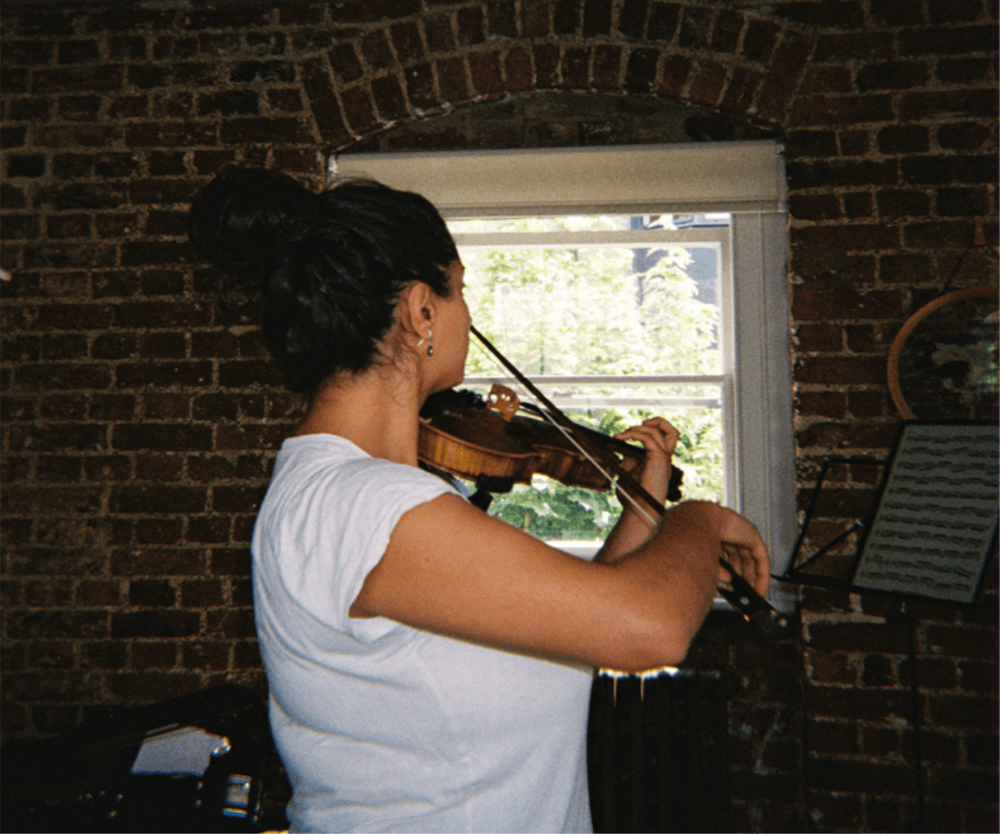Some will become proficient at reading sheet music after two or three months of consistent practice, but it may take a decade to really get to grips with it. On average, it takes a beginner eighteen months to two years to reach that level.
It’s crucial to emphasise that every individual’s musical journey is unique - we all learn in different ways and at different speeds. Those numbers can only ever give you a rough idea of how long it might take you to learn to read sheet music fluently.
What is certain, however, is that it’s never too late - and it should never seem too daunting - to start reading music. To effortlessly understand a piece of sheet music on sight will require a great deal of work and determination. But that’s not to say that familiarising yourself with the basics isn’t just as worthwhile.
Another thing to stress: reading sheet music is something that you can absolutely teach yourself to do. You don’t need to receive tuition, whether at school or in private. There’s a world of information out there that’ll tell you everything you need to know, every step of the way.
There are even articles available on this blog that can guide you through parts of the process, including how to read piano sheet music, sheet music practice and the sheet music cheat sheet.
You’ll find out more about them all below - what they’re on and how they can help you. But for now, let’s find out a little bit more about that process.
Learning to read sheet music: what’s involved and how long does it take?
We’ve already acknowledged that this is a complex question. Before we try to answer it, it’s worth bearing a couple of things in mind.
First, the distinction should be made between learning to read, and learning to read and play. Some beginners learn to read sheet music so that they can play an instrument, while others just want to understand staff notation.
The first of those, involving not only coming to terms with sheet music but also the development of technical skills, is a harder and longer process than the second. We’ll consider both alternatives here.
Another thing to think about is how finely tuned you want your reading skills to be. Do you want to understand the basics of theory and notation, for example? So that sheet music becomes more than just dots and lines. Or do you want to be able to comprehend a passage of sheet music instantly?
It’s worth thinking a bit about these issues before getting too strong an impression of how long it’s going to take you to reach your personal goals.
Understanding the basics
With the right educational materials and a bit of focused study, it’s possible to familiarise yourself with the fundamentals of notation in the space of just a few weeks.
That means understanding concepts like pitch and rhythm, and how they’re denoted in sheet music. That means getting your head around the treble clef, time signatures, note values, bars, tempo and so on. The article mentioned above - how to read piano sheet music - walks you through most of these basic principles.
If you want to read more widely on that topic, a quick search on Google or YouTube will lead you to countless helpful articles and video tutorials that teachers, musicians and other individuals have put together, exploring these aspects in even greater detail. Take some time to see what’s out there.
Discovering these basics of music notation is the first step towards learning to read it, whether or not you’re looking to transfer reading skills to playing skills.
If we think of comprehending this information as stage one, then absorbing it comes next. In other words, you’ll need to grasp and retain these concepts more intuitively, so that you can begin to interpret real-life passages of notation in real time. This stage will likely take several months.
So, spend some time trying to apply what you’ve learned with easy, uncomplicated pieces of music. There’s a world of sheet music available on the nkoda app that will come to your aid here, beginner repertoire written for a range of instruments - piano, guitar, violin, flute, and countless others.
